“The axe forgets, but the tree remembers.” -African proverb
While watching French news online recently, I heard the voice of a female singer, Rokia Koné featured. Immediately, I recognized the soulful music, the depth of feeling, the unique instrumentation and rhythm, and thought, she must be from Mali!
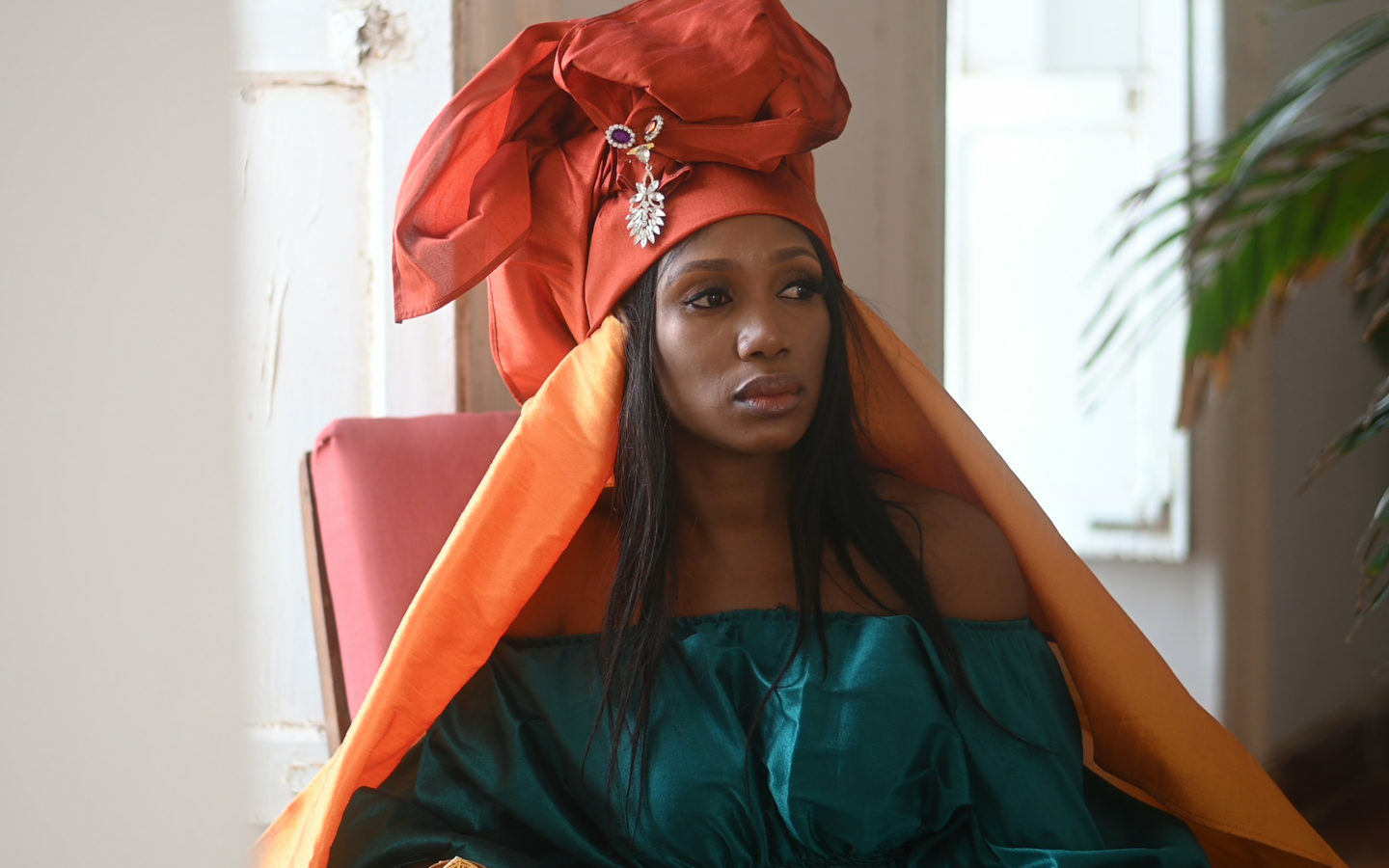
It reminded me of my first encounter with the music from Mali on a “Guy’s ski trip” in New Mexico, and a friend played Ali Farka Touré as we slowly crawled up the steep, snowy roads of the Sierra Blanca Mountain in early morning. Ali Farka’s music felt like joyous heroin, the blues, something ancient—primal—saturating every bone and nerve in my body.

A few years later, zooming on an expressway in Austin, listening to John Aeilli’s show, Eklektikos on KUT, Public Radio, his special guest was Habib Koité. I was transfixed when I heard his music: the depth of feeling, and something about the music itself- The soulfulness. I went to his concert shortly after and was moved to tears all evening during his performance. I learned he was from Mali. His music was linked to Ali Farka, but it was different, younger, more experimental, still it had a powerful effect on me. It was as if I wear a human reptile shedding his entire outer skin.
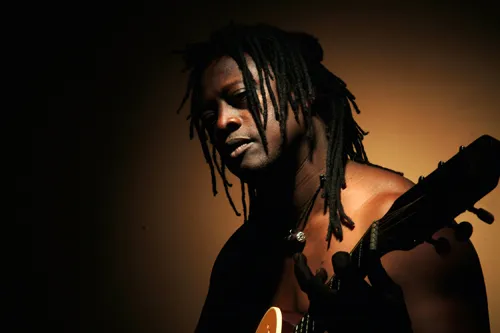
Again, hearing music from Mali on French television begged the question, what is it about Mali? Is this the birthplace of soul music? These questions have prompted a seven-day deep-dive into the history of Mali, tribes and traditions, historic influences, and the tragic reality of slave exports to Europe and the Americas. Also, a historic look at the Saharan trade routes, the spread of Islam across Northern Africa, and into Andalucía, Spain: The Inquisition, expelling Jews, importing African slaves to Spain, Gypsy arrival, and the birth of Flamenco music. After forty-five pages of research notes, I realized that like the very subject I was seeking, the answer lay within, not in the exhausting dates and data surrounding the subject.
The origin of what the world calls “Soul Music” begins in the 1950-60s in the United States with artists like Aretha Franklin, Smokey Robinson, Otis Redding, and so many others. The influences historically that shaped these artists all point to the arrival of American slaves to Virginia in 1619 on the “White Lion.”
Over the next four hundred years, African American slaves were ripped apart from their tribes, families, and customs in Africa, sent to a strange new land, made to learn English, forced to adopt Christianity as their religion and work from sunup to sundown. They were not allowed to learn, if they married on the plantation, they could be torn from their families without notice. Both men and women endured sexual harassment and rape, sometimes physical torture, and there was very little chance of finding freedom unless one ran away, leaving all behind yet again.
Emerging from this unimaginable harsh reality of slavery, we hear their souls heard, and lifted by musical expressions like, “Shouts,” Hollers, Plantation and Prison Work Songs, and Church Gospels. Later, in the Blues, Zydeco, Jazz, Soul, and Hip-Hop. African Americans cobbled together a musical identity distinctly their own, but what were the historic seeds that grew this rich African fruit on American soil? To answer this question, we must go back to Mali, Africa.
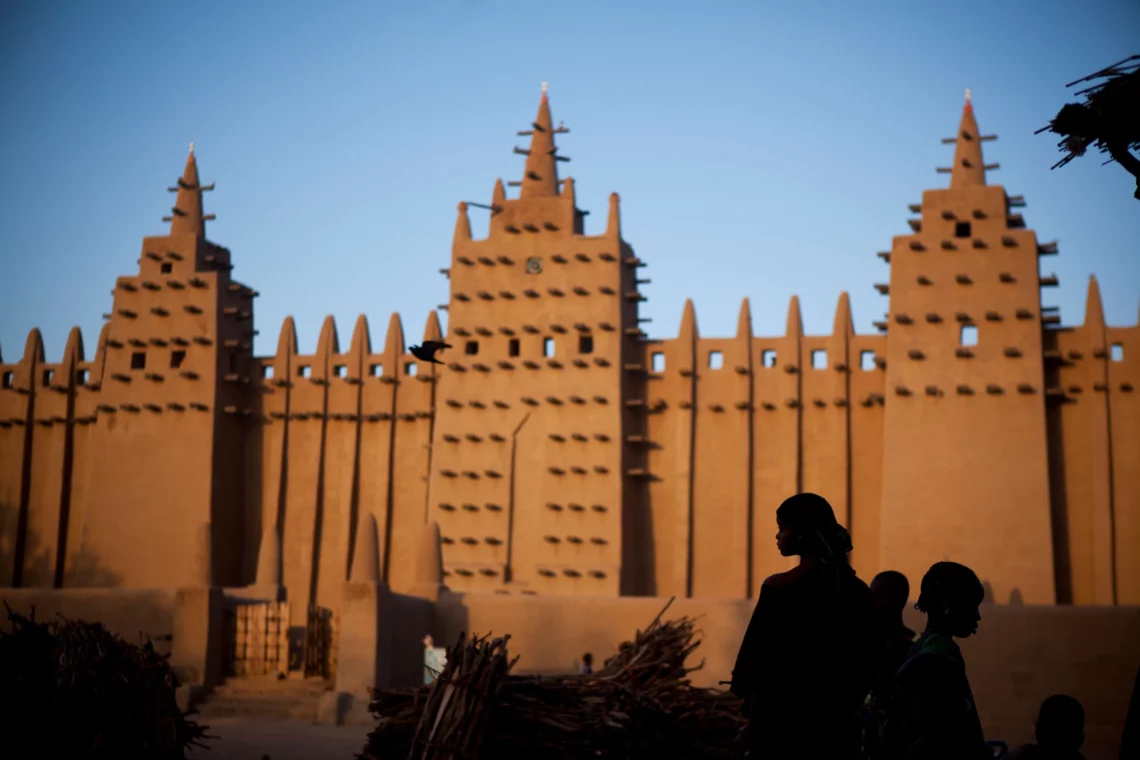
Mali the Amazing
Archeology has revealed a series of early cities created by Mande peoples, in particular the Soninke, along the middle Niger River approximately 3,000-years-old.
The Roman, Cornelius Balbus, arrived at the Niger River near Timbuktu on an expedition through the Sahara in around 19 B.C.E. These expeditions aided in creating trade routes. Trade in the region, like everywhere in the world, brought many new ideas and religions. Just as Buddhism was sent with the traders on the Silk Road, and reached as far as Cairo, Egypt, perhaps beyond. Followed by Christianity, five hundred years later. And, six hundred years after Christ’s death, the prophet Muhammad’s teachings spread across North Africa: from the Arab peninsula along North African trade routes. Not all tribes were quick to adopt Islam, but over time the rulers, no doubt impressed by the scientific inquiry and discovery, did make Islam the principal religion in North Africa.
The first great empire in Mali was called Ghâna, which dominated luxury trade and slaves. Muslims played a prominent role in the court as counselors and advisors. Within their caste system there was a slave caste, or Jongo.
The West African trade routes ran from the South to the North, and across to Cairo. Around the 12th and 13th century, mystical Sufi Brotherhood orders began to spread in the region. Sufi orders played an integral role in the social order of African Muslim societies and the spread of Islam through the region well into the 20th century.
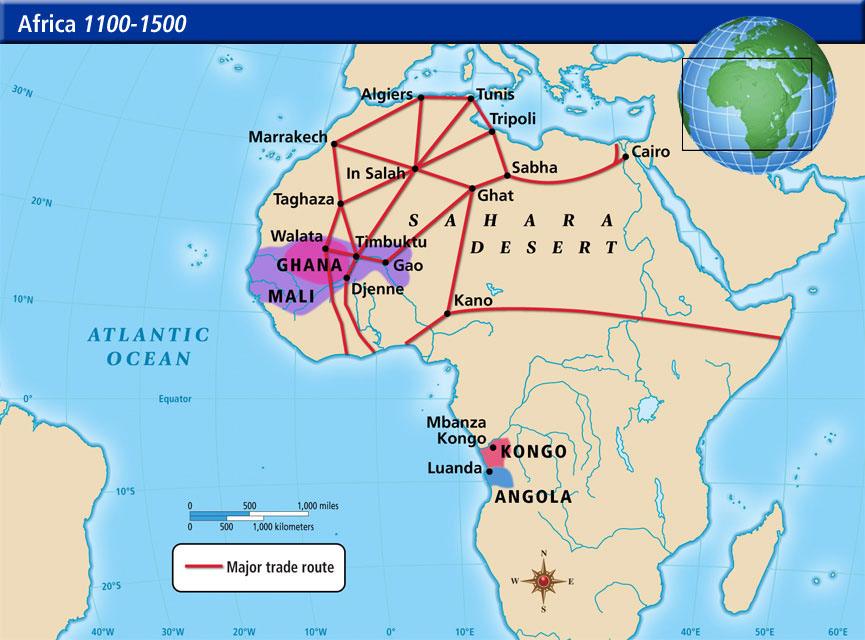
The nation we refer to as Mali received its name in their second empire, The Mali Empire (1307–1332), made famous by Masa Musa (King Musa), who is today thought to be one of the richest men in human history due to his vast gold wealth. He was a Muslim, and it was noted by historians that when making his pilgrimage to Mecca, he brought 60,000 porters to carry gold, which he generously dispersed to the poor along the way, including buying two young female “singing slaves” from Ethiopia, and Turkey. He brought so much gold to Egypt; he disrupted the price of the gold market.
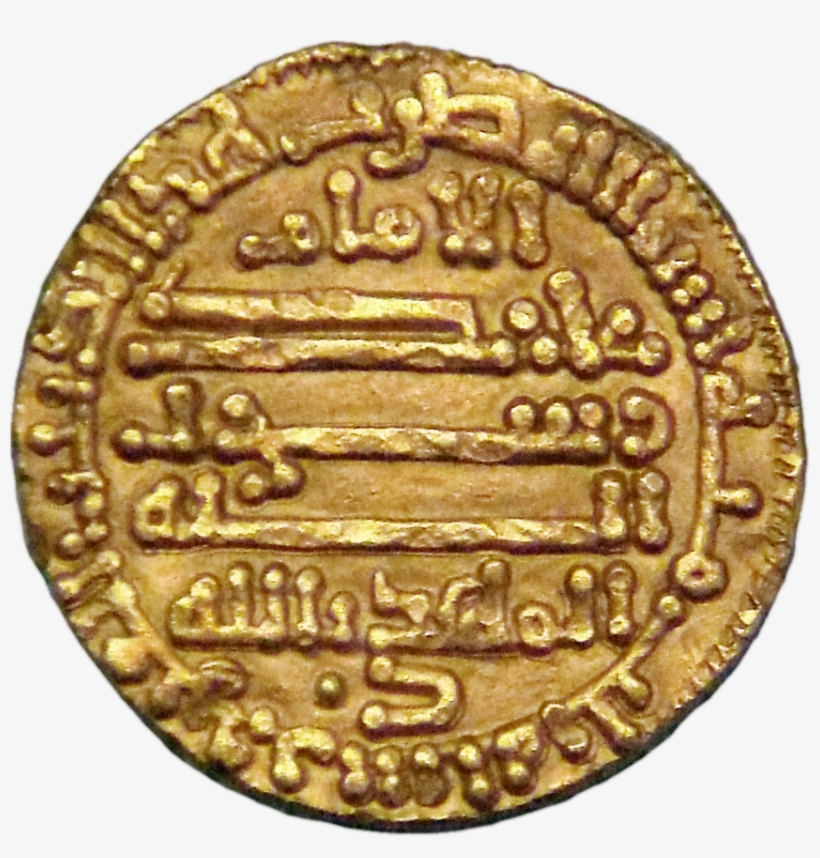
Mali’s great wealth, and acceptance of Islam, brought paper and a writing system which allowed the creation of books and libraries fostering the establishment of some of the world’s first universities. Islamic religion encouraged knowledge through study and learning. The confluence of new light on science, with Mali’s own multi-ethnic cultural tribal diversity, and trade with other nations, created an environment and society of tremendous depth. Mali’s ancient intellectual hub was found in the city of Timbuktu, which once attracted scholars and traders dealing in salt, gold, ivory, and slaves.
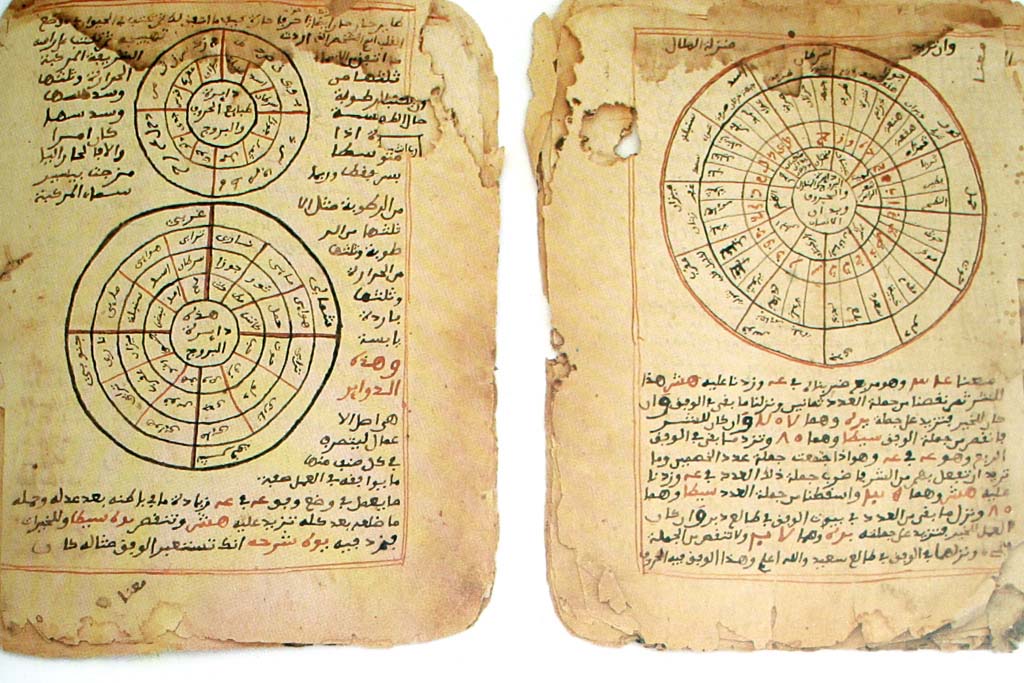
Mali is a multi-ethnic country with distinct tribes like the Manding, Mande (Bambara) nomadic Tuareg, Songhai, Fulani, and Dogon. Mali has 12 national languages. While Mali today is a Muslim country, in the past traditional tribal beliefs varied. For example, the Fula had “Geno,” a supreme being who created the earth from a single drop of milk. The Mandinka people celebrated “Faro” the water god. They converted to Islam early. Unlike the Dogon people who resisted Islam and consequently became fair game for slavers. For almost 1,000 years they faced persecution —through jihads by dominant Muslim communities.
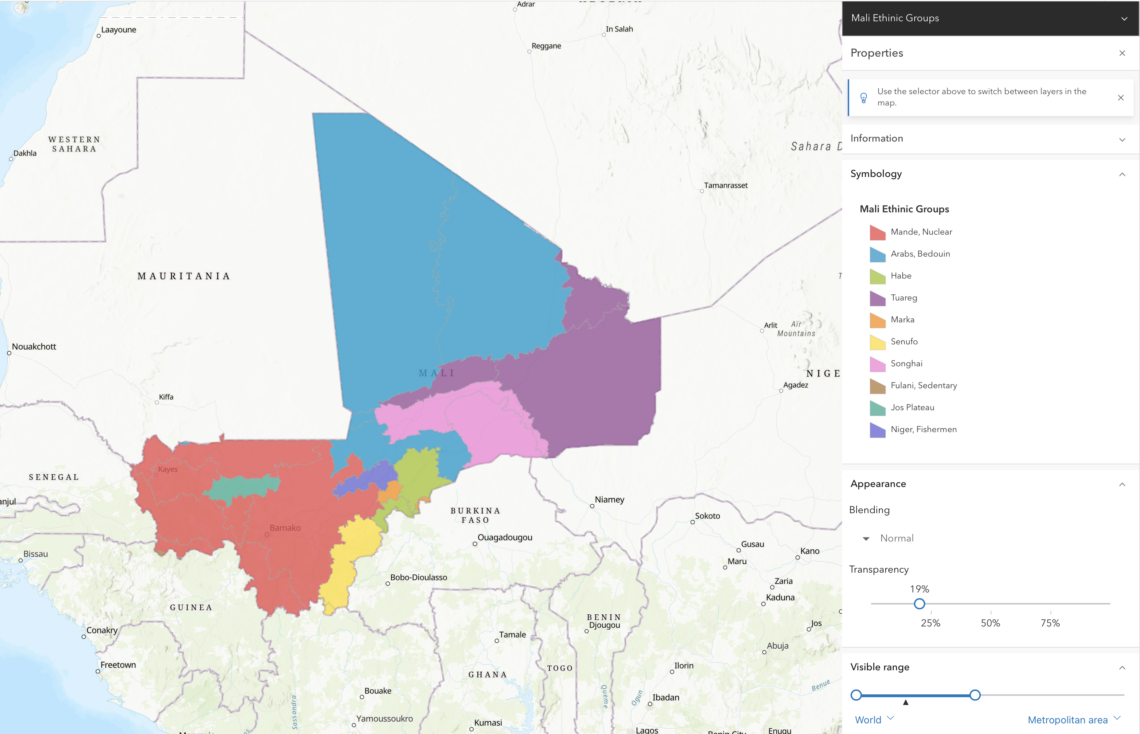

[Sidebar: It is worth noting the shocking similarity of the American Anasazi in the Southwestern United States, and the Dogon in the Bandiagara Escarpment. The adobe housing appears like Mesa Verde in Colorado, and the colorful costumes animating their religious celebrations are also very similar. In the case of the Dogon people, they lived there to avoid violent jihadist attacks]
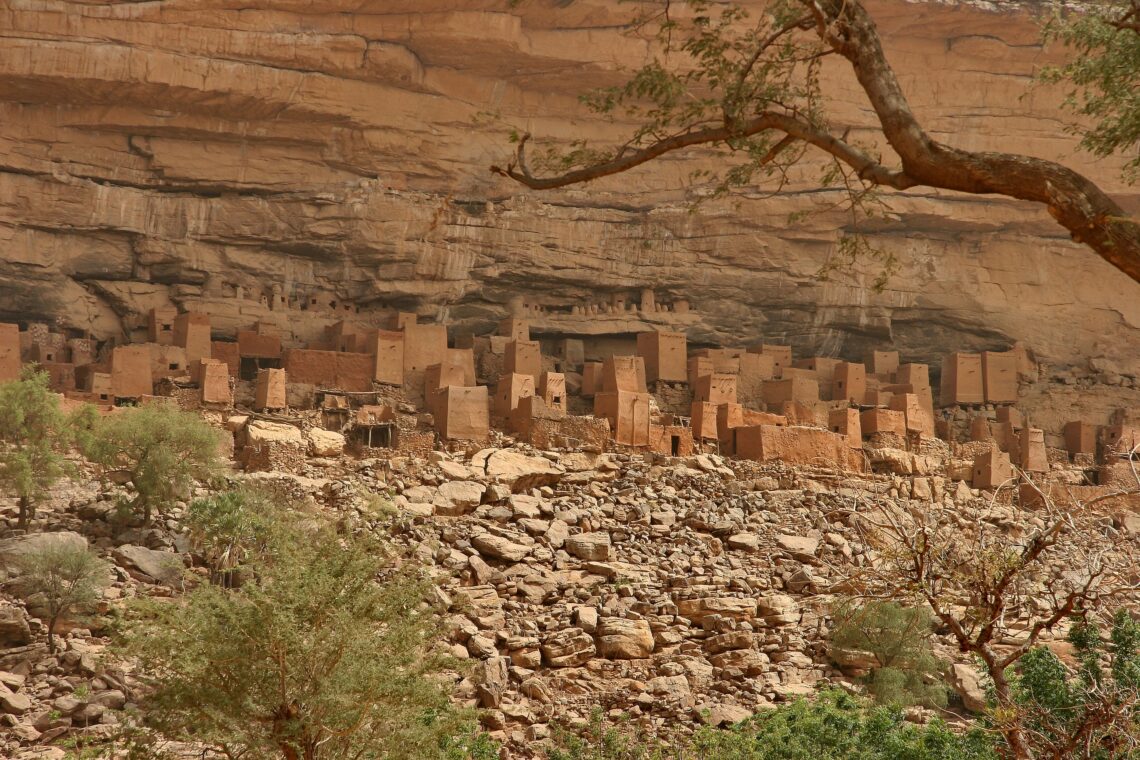
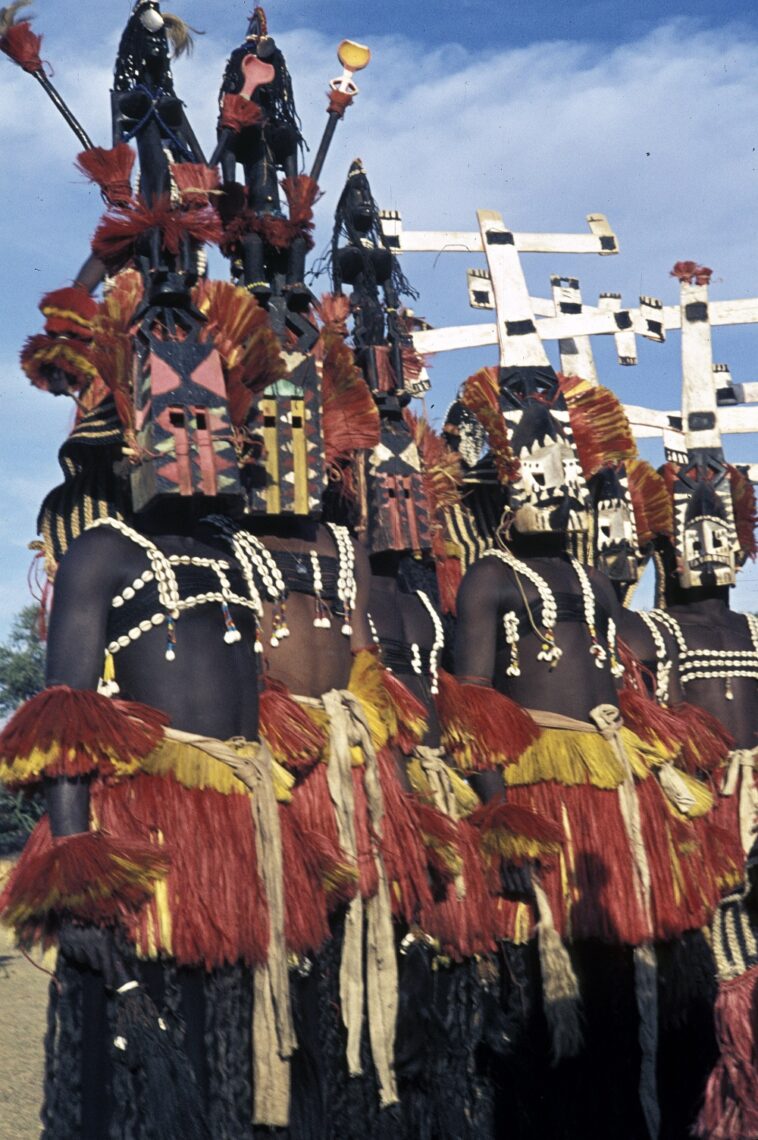
Islamic West Africa
Fifteen to thirty percent of enslaved Africans who survived the Middle Passage came from the Islamic regions of West Africa. According to Islamic scholar Ousmane Oumar Kane, it was as late as the seventeenth century before rural West Africans converted in large numbers to Islam. West African peoples often emphasized a world view that included a High God at the top of a complex cosmological structure, and recognized ancestor spirits and supernatural actors as influential in daily life. Their spiritual practices were not rigid and tolerated variability in practices. In this context, people across West Africa who became Muslim incorporated their traditional beliefs into their newer Islamic belief system. (Much like the Native People in New Mexico and Christianity).
Within the Malian caste system evolved the Griot: the soul of the people, advisor, wise councilor and tribal historian. One had to be born into the Griot caste to have the honor of singing the traditional 32 songs that held the history of the nation. As children they begin to learn to play the Kora, which has 21 strings and must be plucked. It is said that “When a Griot dies, it’s like a library burning down!”

After the Mali Empire fell, a succession of empires followed: the Songhai Empire, Moroccan Saadi Dynasty (extending all the way south to Gao, Djenne and Timbuktu), and the Bambara Empire which lasted until 1861. While other empires came and went, French colonization, and ultimately independence. The most impactful event which shaped West Africa, was the arrival of of Islam in the 7th century.
The history of Islam in West Africa can be explained in three stages: containment, integration, and reform. In the first stage, African kings contained Muslim influence by segregating Muslim communities, in the second stage African rulers integrated Islam with local traditions as the population selectively appropriated Islamic practices, and finally, African Muslims pressed for reforms in-an-effort-to rid their societies of mixed practices and implement Shariah law, prescribing both religious and secular duties.

Islamic traders facilitated long distance trade by offering useful sets of tools for merchants including contract law, credit, and information networks. They also brought new musical instruments, ways of singing by the Sufi Brotherhoods which changed the focus of music and singing to a different place—going deep within—in order to have a direct and personal connection with God. Obviously, this shifted the depth of the feeling in the music and vocal performance.
For Muslims, there was a daily influence musically in what they heard, five times per day: the melodic call to prayer, or The Adhan. In the Adhan, we can hear the vocal style that would come to characterize the Andalucian vocal style known as Flamenco, both in intensity, and the strong sense of yearning and longing. In Arabic, it is called ash-shta’telek. In Spanish, it is called Cante Jondo, or deep song. Overtime, the vocal and musical influences of Islam married the indigenous communities and tribes they inhabited. Musically in Mali, the griots are the masters of the Kora, and they are joined by other local instruments such as: Balon, Djembe, Balafon, and the n’goni.
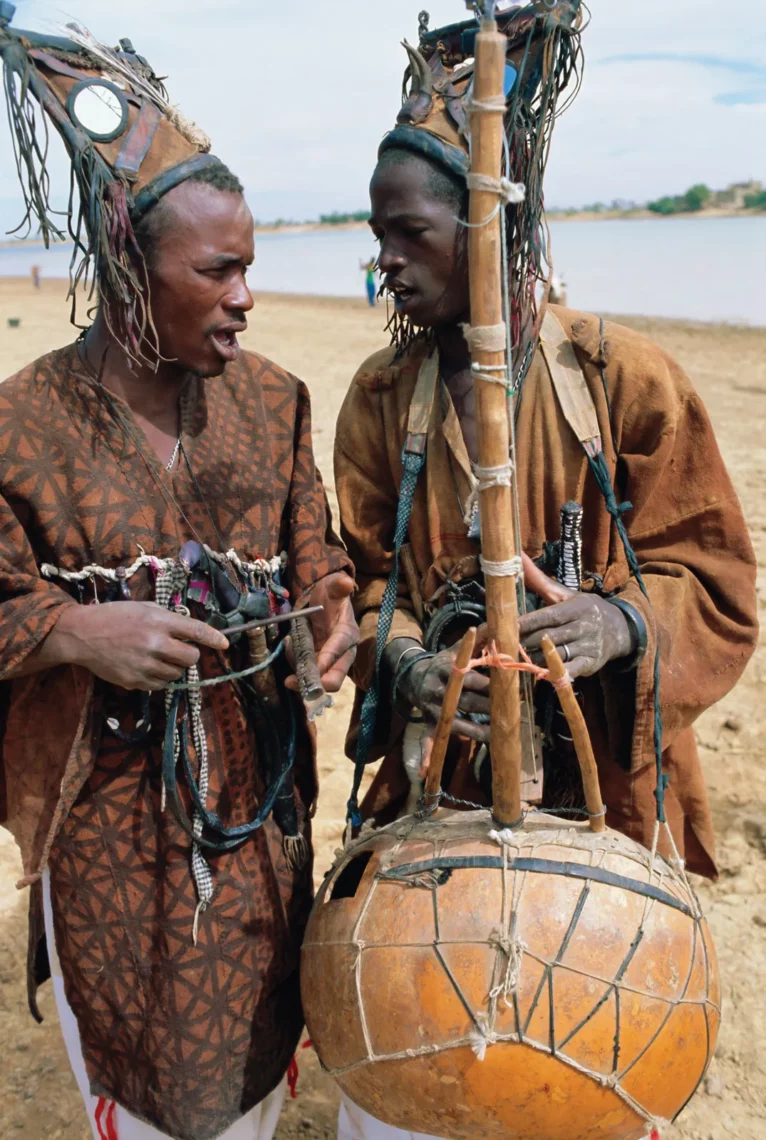
Slavery
As Portuguese slave traders arrived in West Africa in the 1441, we see the first exportation of Islamic West African musical influence on Europeans byway of the new slave trade. In 1455, Pope Nicholas V gave Portugal the rights to continue the slave trade in West Africa, under the provision that they convert all people who are enslaved. The Portuguese soon expanded their trade along the whole west coast of Africa.
In 1462, slaves arrived at Seville, Andalucía, Spain, which had been an Islamic state for 800 years. While people of London lived in wooden houses, Cordoba was a city of 100,000 people with elaborate architecture, courtyards, fountains, libraries, public baths, houses with running water, roads with streetlights, fruits and new engineering. Abd al-Rahman I, built “The Great Mosque of Cordoba” which still attracts visitors today. Image: Great Mosque Cordoba.
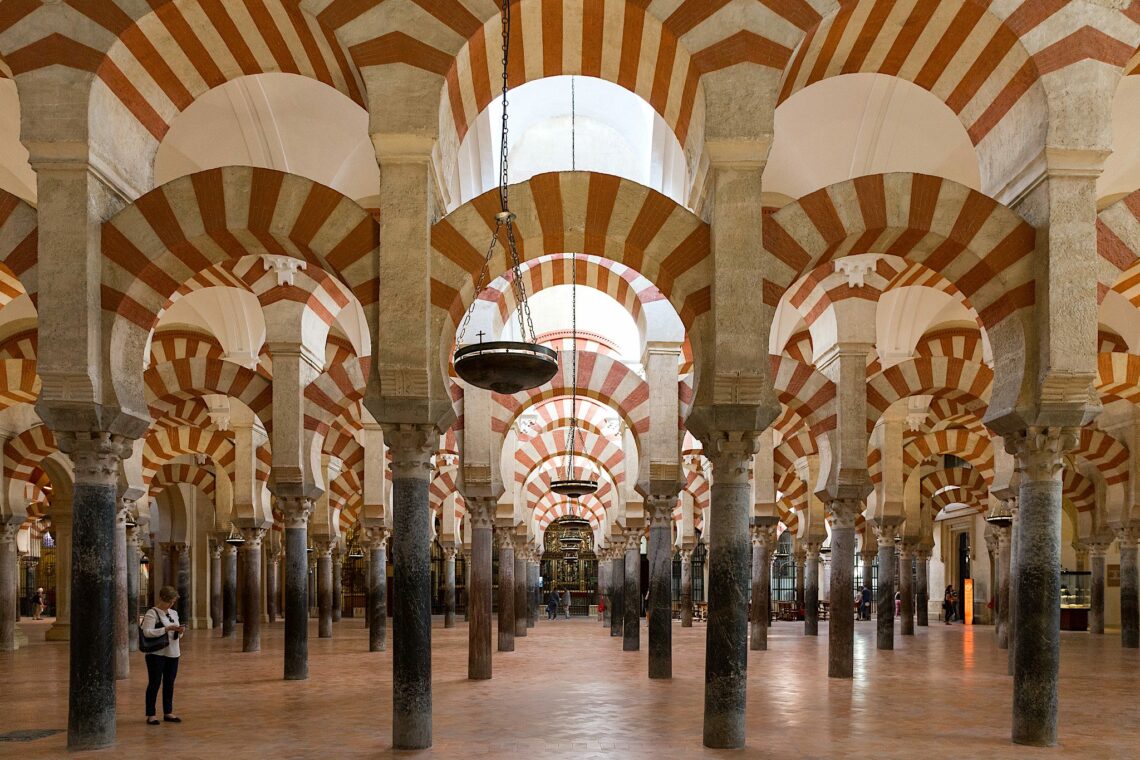
Catholic monarchs, Isabel and Ferdinand, expelled over 300,000 Muslims in 1492, along with the entire Jewish community of Spain. They also burned an estimated one million books. The Alhambra’s archives were burned entirely by the Inquisition: literally centuries of study, and scientific knowledge.
For the next several hundred years, until the United States emancipated slaves in 1865, West African slaves were exported, imported, sold, intermarried, traded, died in passage, gained freedom, integrated, were isolated, and in some rare cases rose to impressive heights. They were uprooted and taken from their homelands, and sent to Spain, Portugal, France, England, The Caribbean, Mexico, Central and South America, Canada, and the United States.
History seemingly lost these complex and fascinating migrations filled with Islamic influences under the dominate Christian narrative satisfying the economic and political ambitions of Europeans in the “New World.” These early European conquerors negated any people whose religion wasn’t based in Christianity. They were quick to kill or strategically isolate and breakdown cultural differences in any group they felt were “savage,” or “amoral:” Muslim slaves, the so-called “Indians” of North America, and every other indigenous group in Mexico, Central and South America. The cultural narrative was further controlled when Europeans realized colonization, not just in the Americas, but well beyond in Asia, Africa, and the Americas.
Hidden Stories
Today, these hidden stories are emerging like buried treasures, the unfortunate truth is that they rise more as forgotten persons, or historic facts, without illuminating the extraordinary pain and suffering that accompanied them. Today we listen to the Gypsy Kings music moved by the depth, the feeling of syncopated rhythms, concise hand clapping, guitars intricately picked with vivid strumming, and vocal incantations that convert the call of prayer into a gypsy campfire blazing and burning hot.
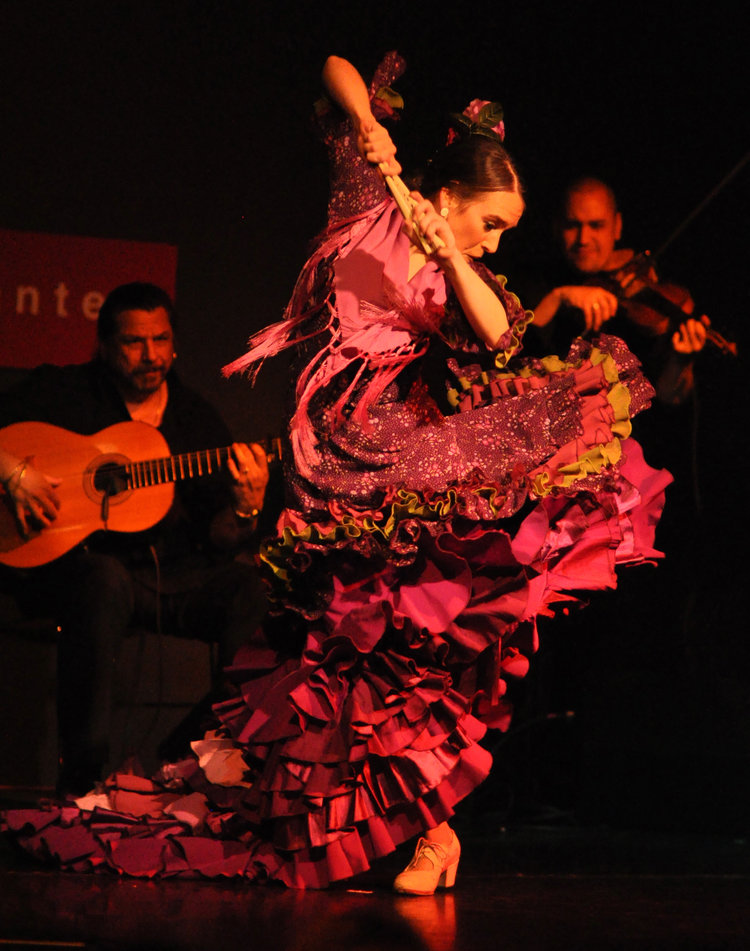
Slavery was not unknown to the Gypsies. Spanish Gitanos, are thought to have migrated from Northern India to Egypt, crossing the Northern trade routes into Morocco and finally settling in Andalusia in southern Spain. The Catholic Orthodox Church, itself a major slaveholder was not opposed to the institution of slavery and in the 12th Century, thousands of Gypsy families were donated as gifts by the noblemen to the many Catholic monasteries in Serbia or auctioned at slave auction blocks. When they arrived at Andalusia, they would meet West African Spanish slaves, and as they two groups were outsiders, there was a natural cultural symbiosis.
[“Pain promise me I am on a new path…Pain Oh my pain, of all that I loved…” -Jose Reyes, Gypsy Kings]
Again, we see more symbiosis, when the African slaves arrived at Spanish sugar plantations and silver mines in the Americas. They brought African music, blending it with traditional Spanish to create new music still celebrated today like Salsa, Afro-Cuban jazz, Marimba, Son, and Cha-Cha-Cha. And sometimes these musical fusions were sent back to Spain once refined.
Most slaves who tried to maintain Islamic religious practices after their arrival were forcibly converted to Christianity. Certainly, one of the most fascinating figures is the first known African to arrive to the United States soil, a Moorish, Muslim, North African, Mustafa Azemmouri, or as he was called, “Estevanico,” or Little Steven. He was sold to a Spanish nobleman by a Portuguese slave trader in 1521. The nobleman accompanied Cabeza de Vaca on expedition to New Spain, and it is thought that Estevanico would have had to convert to Catholicism in order to travel.
What follows next is nothing short of extraordinary. Estevanico arrives to Cuba and joins another expedition in 1528 with the newly appointed governor of Florida, Narváez. Strong storms pushed the expedition of course, ultimately causing landfall and fighting with native people, and making makeshift vessels sailing as far as Galveston before they are hit by another storm. Survivors were shipwrecked on shore and captured and enslaved by local native people. Over the next eight years, after learning multiple languages from various tribes, they slowly walked back to Mexico City.
Estevenico was prized for his ability to learn and speak native languages and was employed for another expedition by Coronado to try and find the fabled, Seven Cities of Gold. He was later killed by the Zuni in New Mexico. Estevenico, the first known African to walk on U.S. soil and live amongst the Native people, was not taught to me in history class, nor were the many others slowly coming into public view.
For example, an American slave named, Salih Bilali who was born in Massina along the Niger River in Mali. In his sale records, he was known simply as Tom. Initially, Salih was captured by English traders and taken to the Bahamas. He was then sold to an American plantation owner in St. Simons Island in Georgia, James Hamilton Couper. His master wrote of Salih’s character, “His industry, intelligence, and honesty, soon brought him notice, and he was successively advanced, until he was made Head Driver.”
Muslim slaves were not only relegated to the Southern Plantations. In Maryland, Yarrow Mamout, a Fulbe from West Africa, had been a slave for 44 years at a plantation in Takoma Park, Maryland. He had become a manservant to his owner, Samuel Bealle, and later to his son in Georgetown. Beall required him to turn over wages he earned during the day but allowed him to keep wages he received for nocturnal work. He became a jack of all trades, working as a brick maker, charcoal burner, basket weaver, cart driver, and stevedore, working long hours to earn enough money to buy his own freedom. Mamout became an entrepreneur, bank investor, and homeowner in Georgetown, where it is said that he would walk the streets singing the praises of Allah.

Slave sellers and slaveholders systematically separated those slaves sharing a language and culture; separated parents from children so that specific religious heritage was often impossible. From the seventeenth century on, the enslaved West African peoples along the coast and coastal islands of South Carolina and Georgia resisted their bondage, in part, through the retention of West African practices. And interesting expression of that was with the so-called, Gulla Geechee Culture.
[“I knew several [people] who must have been, from what I have since learned, Mohamedans [Muslims]; though at that time, I had never heard of the religion of Mohamed. There was one man on this plantation … who prayed five times every day, always turning his face to the east, when in the performance of his devotion.” -Charles Ball 1837]
Thomas Jefferson owned a copy of the Quran and included Islam in many of his early writings and political treatises. Campaigning for religious freedom in Virginia, Jefferson argued in the proposed “Virginia Statute for Religious Freedom” that, “Neither Pagan, nor Mahamedan [Muslim], nor Jew ought to be excluded from the civil rights of the Commonwealth because of his religion.” Unfortunately, the language was amended before ratification to remove references to non-Christian groups.
The last slave ship to the United States to bring West African slaves was The Cotilda. In 1860, 110 slaves arrived at Mobile, Alabama. In 1808, slave trade was banned in the U.S., but Timothy Meaher was willing to risk an illegal slave run to Africa to acquire labor/slaves for his cotton plantation. He commissioned a schooner to be built, and it sailed from Mobile to what was then the Kingdom of Dahomey, Benin, Africa, with Captain William Foster.
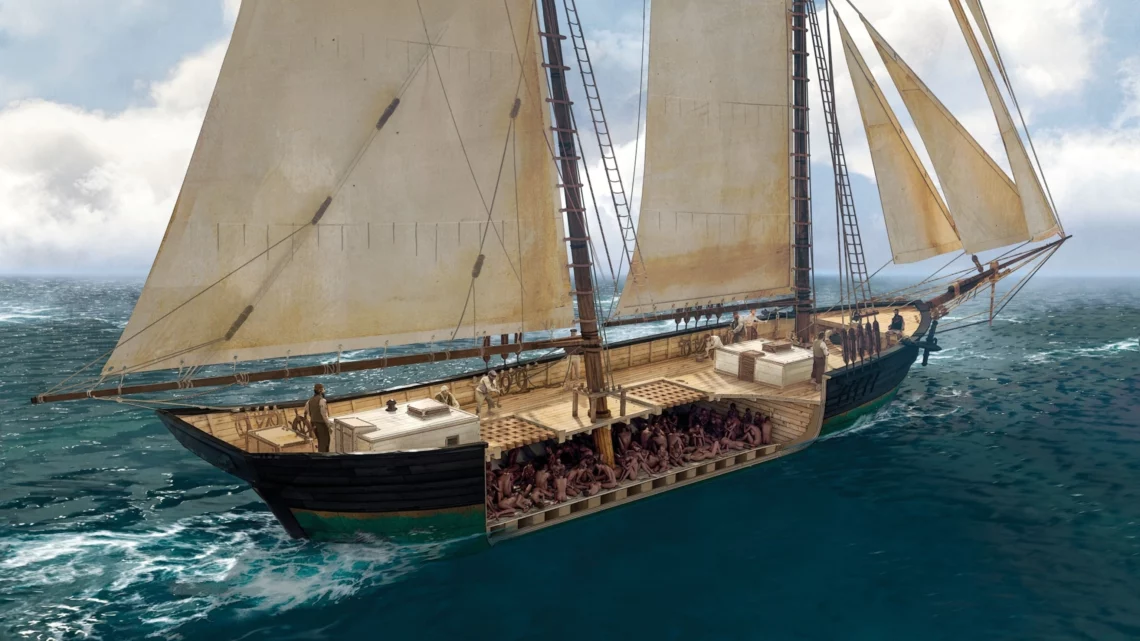
Upon his return, they burned the ship and Meaher took the slaves to his plantation in the dead of night. The slaves were freed by Union soldiers five years later when the Civil War ended, but they didn’t have the money to return to Africa, and stayed in Alabama, buying land outside of town. The slave ship Cotilda was discovered in 2019.
- Sidebar: [Slavery in Mali still exists today, with as many as 200,000 people in direct servitude to a master. Globally, in 2020, 112 states (58%) appear not to have put in place penal provisions punishing forced labor. ]
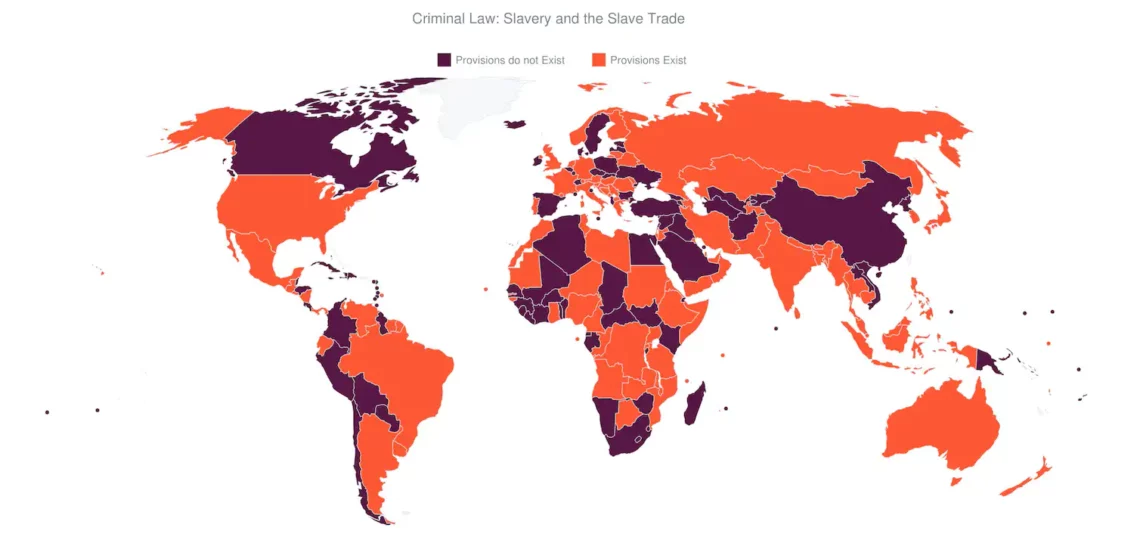
In Conclusion
What makes the singers of Mali some of the most soulful voices on earth? How did their influence stretch across three continents? How did the rice, cane, and cotton fields grow something much more than vegetative, that continues to touch the souls of the world?
We have seen the influences of West African tribal music and religion, Islamic music and religion, Sufi esoteric proliferation, Trade routes, a caste system allowing African slavery, tribal wars, and the European slave trade. Is that soul? Not exactly. No more so, than Christianity is Roman roads, Jewish history, merchants, churches, the Vatican, and prayer hymns. I think it’s something much more universal that has been in play since the beginning of time, with all cultures. A sound born from pain. Suffering. Hardship. Backbreaking work. Poverty. Isolation. Fear. Yearning. Love. Sadness. Hope.
Primitive people made Gods from their seen world: water, sun, corn, animals, and natural phenomenon, etc. The interesting similarity among the three main monotheistic teachers, Buddha, Jesus, and Muhammad is that they all left crowded streets, and went within in silence to discover an inner world, and spiritual connection. Sufi music, brought to West Africa before the Europeans arrived, dealt with the esoteric connection between man and God, through music and dance. Over time, comingled with tribal influences and innovations, that gift, soulful searching for connection in music, traveled to Spain, expressed in Flamenco and to the Americas, and continues to be expressed around the world as “Soul.”
Ali Farka Touré, who dismisses any reference to his music as “blues,” has always maintained that the traditional music of his native Sonrai people in Mali was brought to the United States by slaves, and that this ancient music is the source of American blues. The African influences have been apparent in the blues tonality from its beginning; the call and response pattern of the repeated refrain; the falsetto break in the vocal style; and the imitation of vocals by instruments, especially the guitar and harmonica.
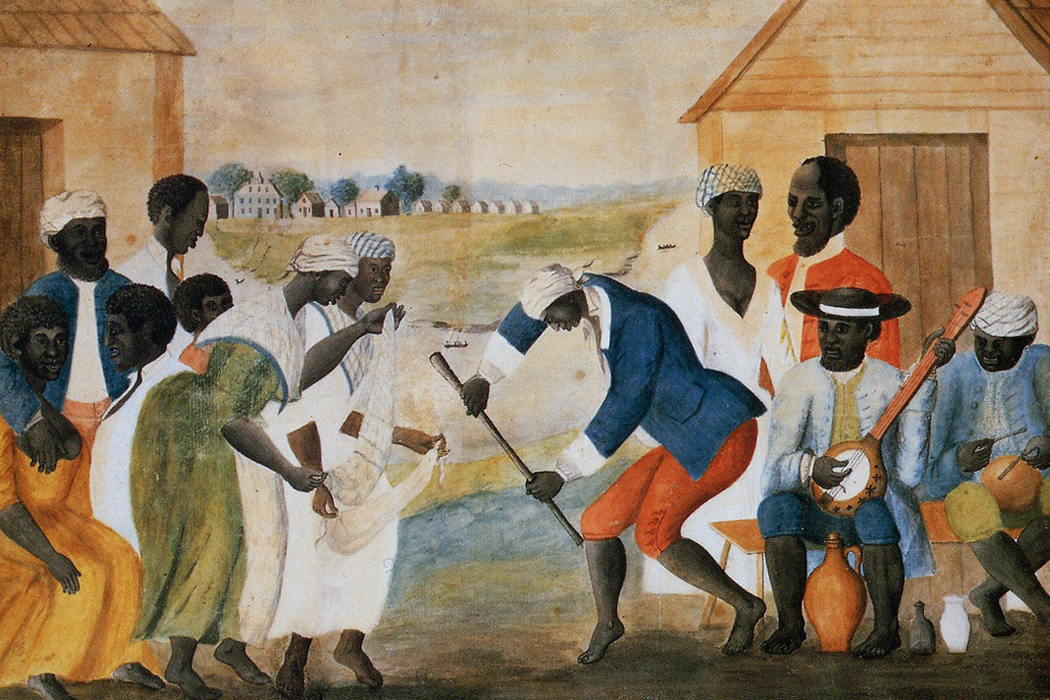
Slavery and hardship brought the birth of soul to the everyman for his or her own emotional, psychological, and spiritual survival. This “going within” to feel one’s feelings and express them, provided a context of self-discovery that engulfs one’s senses and invites a different place: emotional depth, feeling, aliveness, a respite from the notion of self—a glimpse of inner freedom from personal pain—a connection to something higher that is universally desired by all of humanity.
Special thanks to: Columbia University, Stanford University (M. Hill), Wikipedia, Youtube, University of Chicago (Dalton & Leung), Historian Sylviane Diouf, History.com, N.Y. Times (Elliott & Hughes), New Scientist.com (M. Marshall), N.Y. Times (Carl Zimmer, Tales of African American History Found in DNA),African American Registry, Unesco, Encylopedia.com, and Smithsonian Magazine.com.